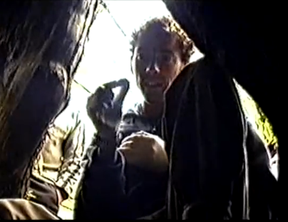 As Professor of Human Genetics at Wolfson College, University of Oxford, Bryan Sykes is one of Britain's leading researchers in the field.
As Professor of Human Genetics at Wolfson College, University of Oxford, Bryan Sykes is one of Britain's leading researchers in the field.
I've personally had my DNA tested by him!
It was during his research into the Blood of the Isles, wherein he determined the genetic make-up of modern Britons.
Had we intermingled into a mongrel race made up of Celts, Anglo-Saxons, Vikings, Romans, Normans and every other invader and immigrant? Apparently not! We still have our enclaves and very little of the twain will meet.
(Incidentally, my results showed a 98% chance that I'm a Brythonic Celt. In short, my DNA is Welsh. No real shock there then!)
But on this occasion, he was receiving samples purported to come from a Yeti. The hair from the cedar tree wasn't all that he was given. After sifting through all of the wild pig and goat hairs, the most promising offering had been skin. It turned out to belong to a bear. Then he tested the hair.
"Because we were half expecting a bear - because of the analysis of the skin sample - we went directly and asked the reaction to look for bear DNA." Prof Sykes explained on camera. "But there wasn't any there."
He and his team performed more tests. They looked specifically for humans, bears and primates, but none were a match. In fact, so far, it can't be identified as 'any known species'.
"It's certainly mysterious." Prof Sykes concluded. He also appeared dumb-founded, as if this was not the anticipated result. It must have made an impact upon him too.
In May 2012, Prof Sykes put out a call for any alleged Bigfoot, Sasquatch or Yeti hair. It was part of an announcement that he was teaming up with Michel Sartori, the director of Lausanne Museum of Zoology, in Switzerland.
The academics will test all of the hair samples, in order to establish for once and for all what grew them.



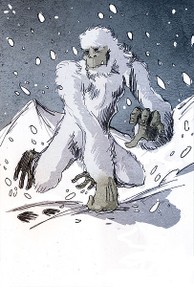 If the creature lived in the American North-West, it would be called Bigfoot or Sasquatch. But it lives in Asia, where the Tibetan and Nepalese names are prone to mistranslation into English.
If the creature lived in the American North-West, it would be called Bigfoot or Sasquatch. But it lives in Asia, where the Tibetan and Nepalese names are prone to mistranslation into English.

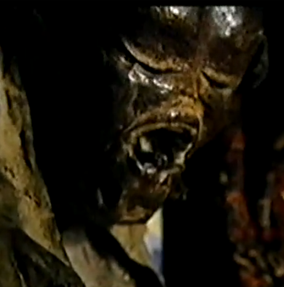 In 2003, an expedition funded by National Geographic set out to Bhutan to speak with eye witnesses and try to find evidence of the Yeti.
In 2003, an expedition funded by National Geographic set out to Bhutan to speak with eye witnesses and try to find evidence of the Yeti. 


 As Professor of Human Genetics at Wolfson College, University of Oxford, Bryan Sykes is one of Britain's leading researchers in the field.
As Professor of Human Genetics at Wolfson College, University of Oxford, Bryan Sykes is one of Britain's leading researchers in the field.


 Also in 2003, another team was on a different Yeti hunt across the border in Nepal.
Also in 2003, another team was on a different Yeti hunt across the border in Nepal. 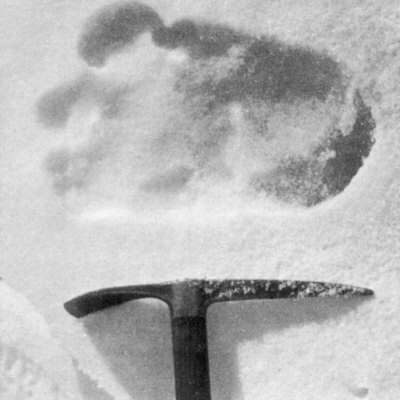
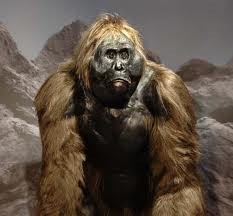 It seemed that Professor Bryan Sykes wasn't the only genetics specialist bamboozled by possible Yeti samples.
It seemed that Professor Bryan Sykes wasn't the only genetics specialist bamboozled by possible Yeti samples.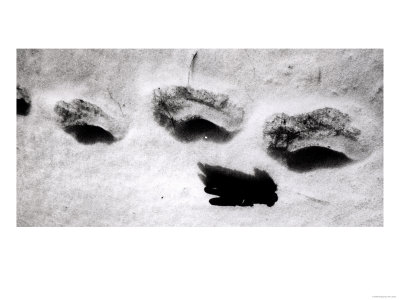
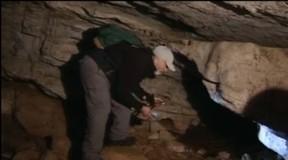 The most exciting recent news about Yetis came from the
The most exciting recent news about Yetis came from the 






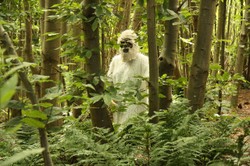

 St Tydecho's Churches in West Waleson 09/03/2014
St Tydecho's Churches in West Waleson 09/03/2014
 Goodies for an Outlander Premiere Partyon 03/06/2015
Goodies for an Outlander Premiere Partyon 03/06/2015
 Holocaust Memorial Day Interview with Rainer Höss, Grandson of Rudolf Architect of Auschwitzon 01/24/2015
Holocaust Memorial Day Interview with Rainer Höss, Grandson of Rudolf Architect of Auschwitzon 01/24/2015
 Romantic Valentine Gifts for an Outlander Fanon 01/16/2015
Romantic Valentine Gifts for an Outlander Fanon 01/16/2015

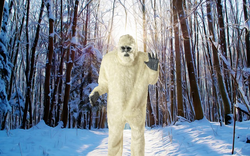

Comments
Ouch! re Wizzley, but thank you very much for the chapters! <3
I'm away this weekend and rushing around sorting stuff now. But you can be sure I'll be all over them come Monday.
Jo, I sent all but the last part of the Clayton Mack stuff to you, but the site temporarily shut me down because it looked like I might be spamming, since I sent so many messages to you back to back. The chapter is 9 pages long, and I have one part left. As soon as my account is released I will send the rest. It's too much to post, but you might want to make an article out of it.
Frank - I'm taking notes too. Thank you!
Shawn - I'd heard about the President Roosevelt story, but not the Clayton Mack one. And yes, keep the tales coming! Like I said (and you can probably tell by all of the articles), I'm quite fascinated by all things sasquatch. Thanks!
Shawn, the Long Walk is by Slavormir Rawicz, to distinguish it from other books of the same name. The mention of the yeti is near the end of the book, which deals with the escapees time crossing the Himalayas. The book is currently available on kindle on Amazon.I am unsure whether it is the last or the last but one chapter.
I'm sure you've read the two excerpts from President Theodore Roosevelt's book, "The Wilderness Hunter". After he lost his 3rd run for office under his newly formed Bull Moose Party, he decided to embark on more adventures as an explorer, and had strange encounters while exploring a smaller river that fed the Amazon in South America. I also have a chapter from a book called "Grizzlies and White Guys" by Clayton Mack. Mr. Mack was a Bella Coola Indian from Brittish Columbia who guided hunters in the early 1900s for black bear and grizzly bear hunts. In Chapter 7 of his book he relates some encounters he and some of his clients had with Sasquatches in the wilds of that vast, still largely unexplored country. I can send some of this info to you if you like. I have more.
You have one more to add to your collection now! Have you any more anecdotes to share with us? This subject really does fascinate me.
Your theory about juveniles makes a lot more sense, than imagining a barefoot human being up there.
I'd love to read that as well, at least that portion of it! I have a small collection of excerpts from works unrelated to yeti and bigfoot type creatures that make mention of encountering such, largely being ignorant of what they are or simply not knowing what to make of them.
On the footprints I mentioned below, my intent was only to demonstrate that an 8" track would not belong to a large yeti, but likely to a small one, which is what they indeed saw (they saw a 5-footer). I do not believe that a barefoot human walked across the snowfield either.
Thank you for this. I've not read the book, so I hadn't heard about it before. It's little details like this which really strengthen the case for the yeti. I have to agree with your take on the notoriously narrow-minded scientists. Somewhat cynical, but almost certainly true.
It's worth remembering that gorillas themselves were thought to be mere legends until quite recently.
In the book, The Long Walk, a Polish p.o.w. who escaped from Russia by crossing the Gobi desert and the Himalayas saw what he thought were three large gorillas. He had never heard of the yeti, and with an adventure like his he had no need to make up further stories. Furthermore, I read an account of his life afterwards and he comes out as a very devoutly religious and ethical man. Why would such a man lie?
Never mind, though, the yeti won't exist until a scientist sees it and then he will be the one who discovered it!